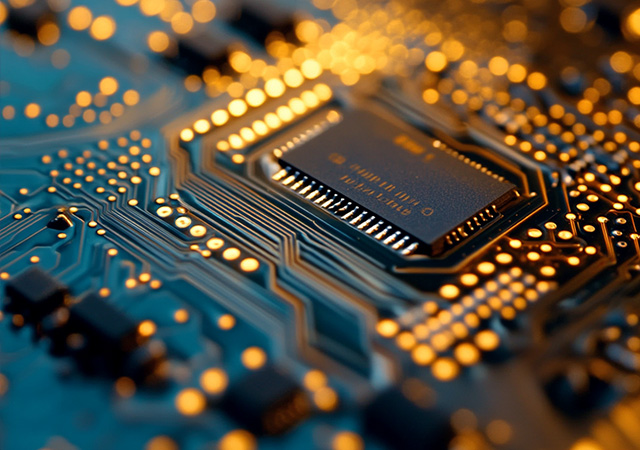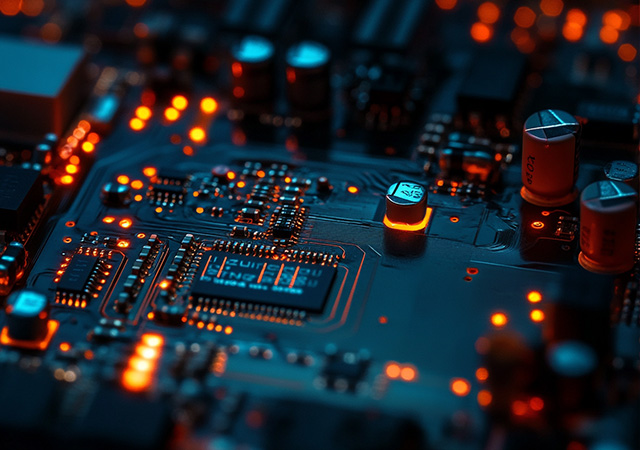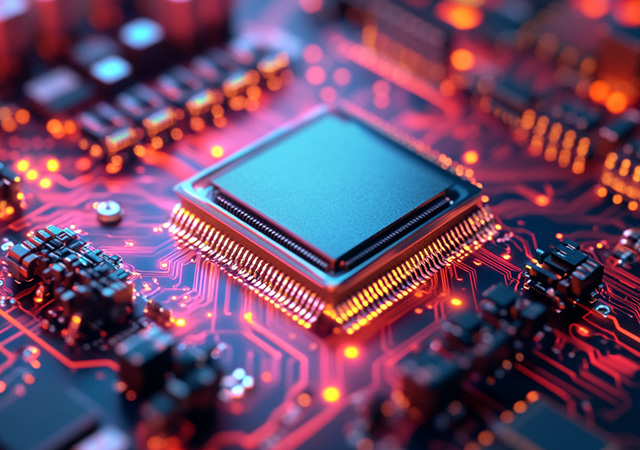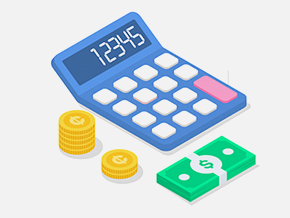-
- PCB TYPE
- PRINTED CIRCUIT BOARD PROTOTYPE ALUMINUM PRINTED CIRCUIT BOARD R&F PCB FPC HIGH FREQUENCY PCB HIGH-TG PCB HEAVY COPPER PCB HDI PCB PCB FOR LIGHTING METAL CORE PCB

FR4 PCB remains the cornerstone of modern electronics, a material whose adaptability has allowed it to evolve alongside the industry’s most demanding challenges. From the earliest integrated circuits to today’s 5G infrastructure and IoT ecosystems, FR4 has proven its worth as a cost-effective, reliable substrate for printed circuit boards. Its unique combination of mechanical strength, electrical insulation, and flame resistance—coupled with ongoing material innovations—ensures it remains indispensable. This article explores the latest developments in FR4 PCB technology, from advanced formulations to novel manufacturing techniques, while examining its expanding role in emerging applications. By focusing on its evolving properties, sustainability gains, and integration with cutting-edge electronics, we highlight why FR4 continues to dominate the PCB market and what the future holds for this versatile material.

The FR4 PCB temperature rating is a critical specification that dictates the operational limits of printed circuit boards in various thermal environments. This rating, primarily defined by the glass transition temperature (Tg) of the FR4 laminate, serves as a benchmark for engineers to determine if a PCB can withstand the heat generated by components and ambient conditions. Unlike specialized materials such as ceramics or polyimides, FR4 offers a range of temperature ratings—from 130°C for standard variants to 200°C+ for high-performance grades—making it adaptable to diverse applications. This article delves into the meaning of FR4 PCB temperature ratings, how they are measured, the factors that influence them, and their practical implications for design and reliability. By demystifying these ratings, we aim to provide engineers with the knowledge to select the right FR4 variant for their specific thermal needs.

In the realm of electronics, where devices are increasingly deployed in harsh environments—from automotive underhood systems to industrial furnaces—the demand for materials that can withstand elevated temperatures has never been greater. High Temperature FR4 PCB Material emerges as a critical solution, engineered to maintain structural integrity and electrical performance at temperatures far exceeding those tolerated by standard FR4. With glass transition temperatures (Tg) starting at 150°C and reaching up to 200°C or higher, this specialized material bridges the gap between conventional FR4 and exotic alternatives like ceramics or polyimides. This article explores the science behind high temperature FR4, its key properties, manufacturing innovations, design considerations, and real-world applications, highlighting why it has become indispensable for engineers designing electronics for extreme thermal conditions.

The FR4 PCB Temperature Rating 130°C refers to the glass transition temperature (Tg) of standard FR4 laminates, a critical parameter that defines the threshold at which the material shifts from a rigid, glassy state to a rubbery, flexible one. This 130°C rating is not arbitrary—it reflects the thermal stability of standard FR4, engineered to perform reliably in environments where operational temperatures remain below 100°C, with transient spikes up to 120°C. As the most widely used PCB material, 130°C Tg FR4 strikes a balance between cost, processability, and thermal resilience, making it the backbone of consumer electronics, office equipment, and low-heat industrial devices. This article explores the science behind the 130°C temperature rating, its implications for PCB performance, design considerations to avoid exceeding this threshold, and real-world applications where this rating is both sufficient and optimal.

FR4 PCB stands as the most widely used printed circuit board material in the electronics industry, prized for its unique blend of affordability, mechanical strength, and electrical insulation. Derived from glass-reinforced epoxy laminate, FR4 has become the backbone of devices ranging from simple consumer gadgets to complex industrial systems. Its name, "FR4," refers to its flame-retardant (FR) properties and classification under NEMA standards, where "4" denotes a woven glass reinforcement with an epoxy resin binder. This article explores the composition, manufacturing processes, performance characteristics, and diverse applications of FR4 PCB, highlighting why it remains the material of choice for engineers and manufacturers worldwide. By examining its evolution, key properties, and future trends, we uncover the enduring relevance of FR4 in an era of rapidly advancing electronics.

Got project ready to assembly? Contact us: info@apollopcb.com



We're not around but we still want to hear from you! Leave us a note:

Leave Message to APOLLOPCB
